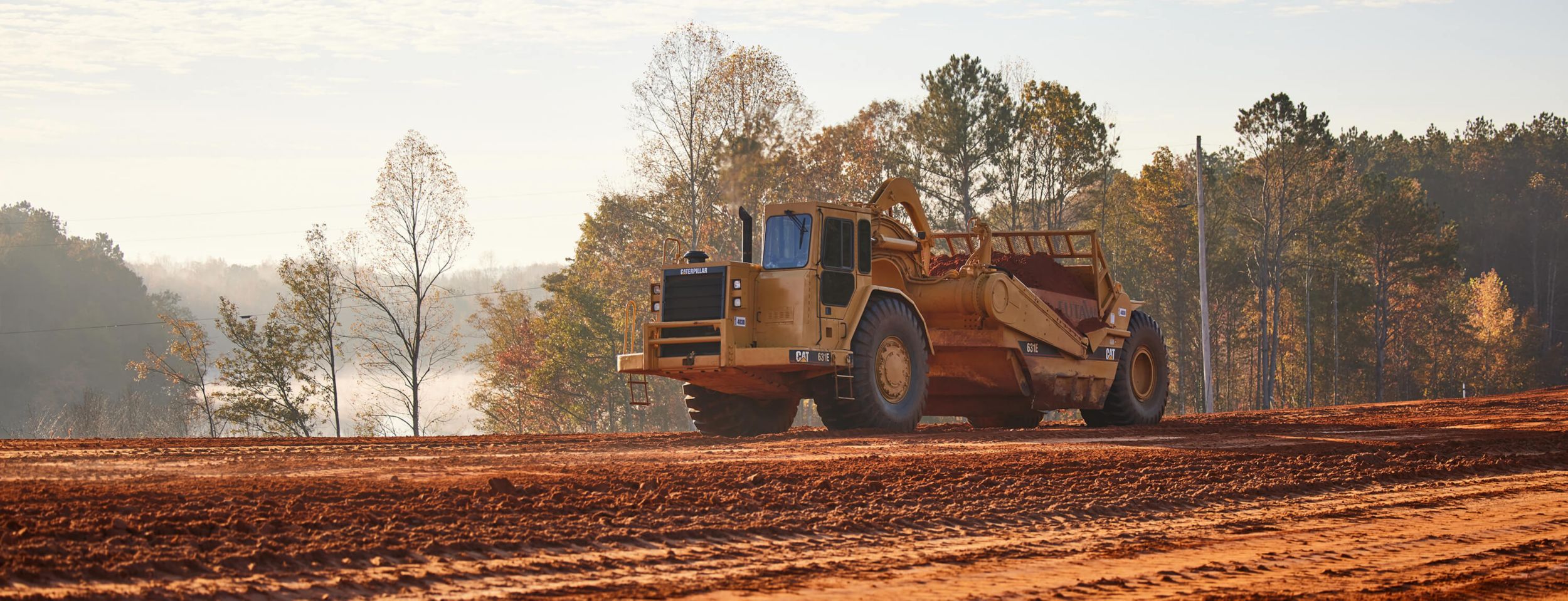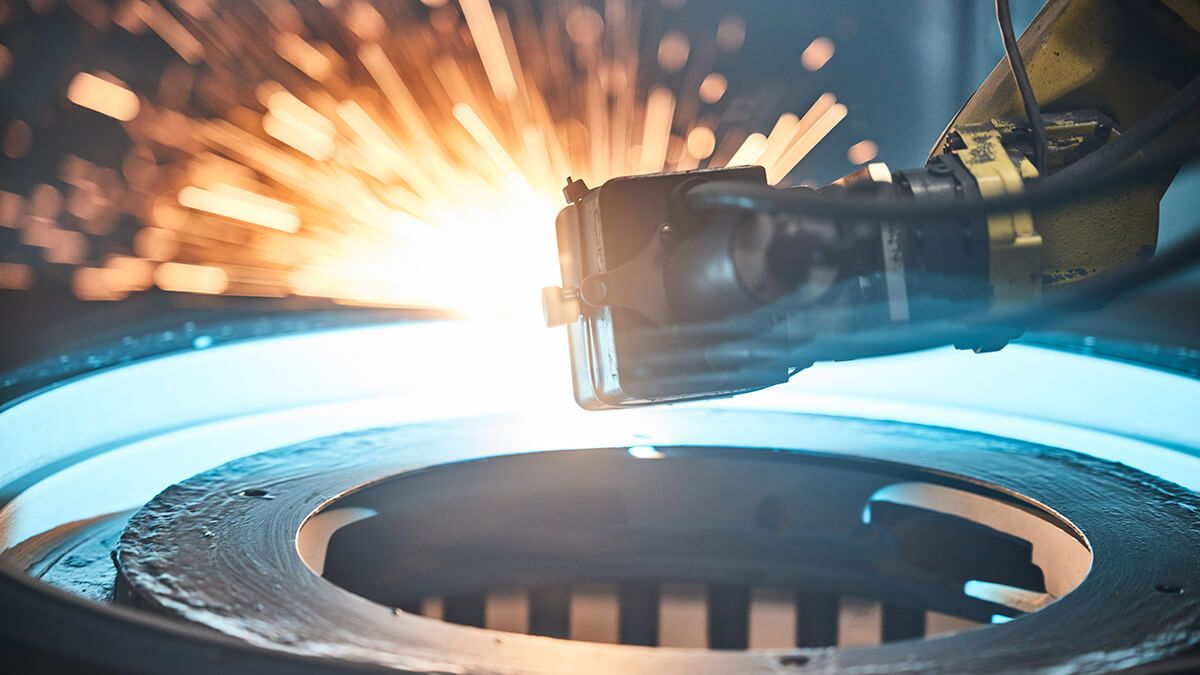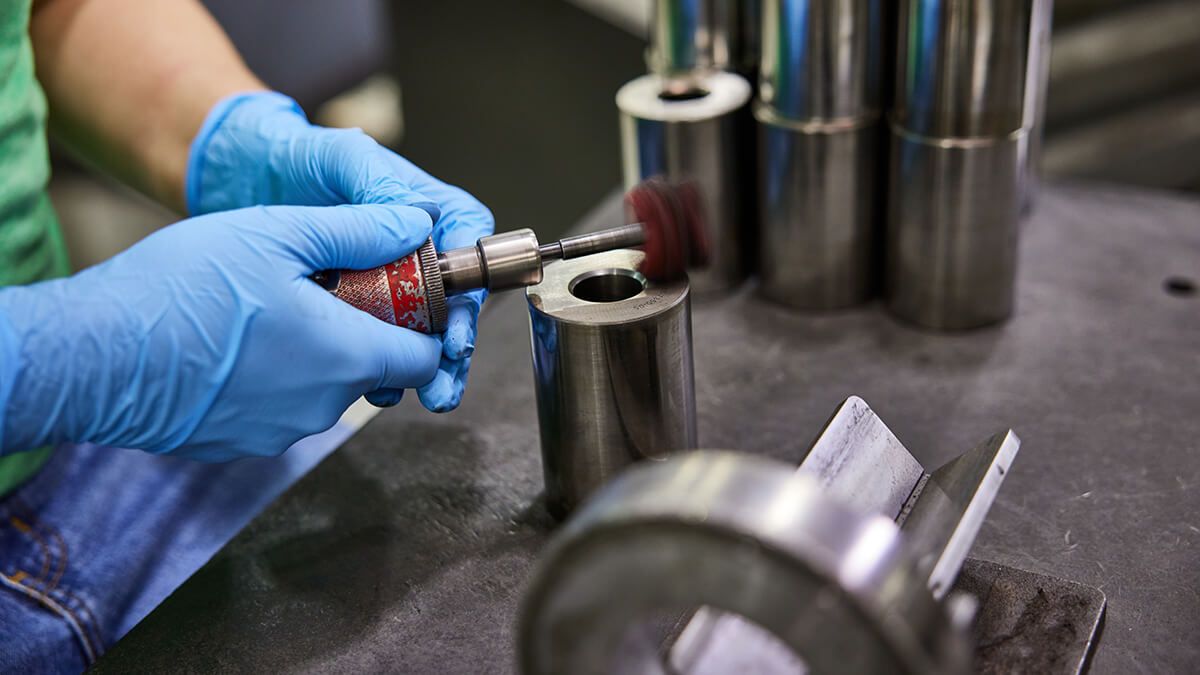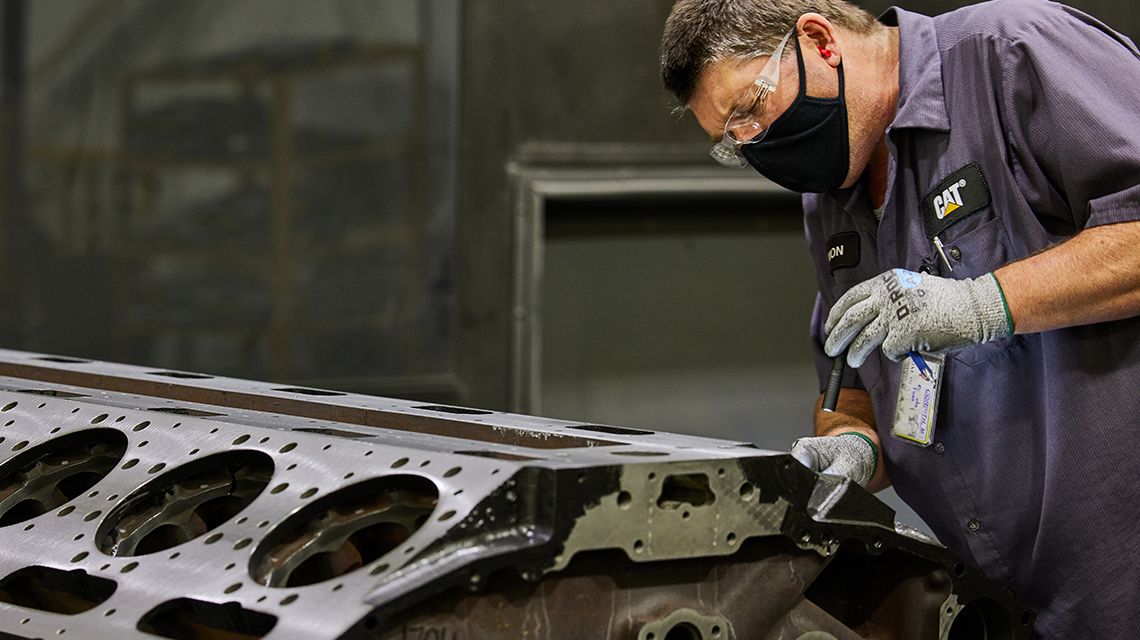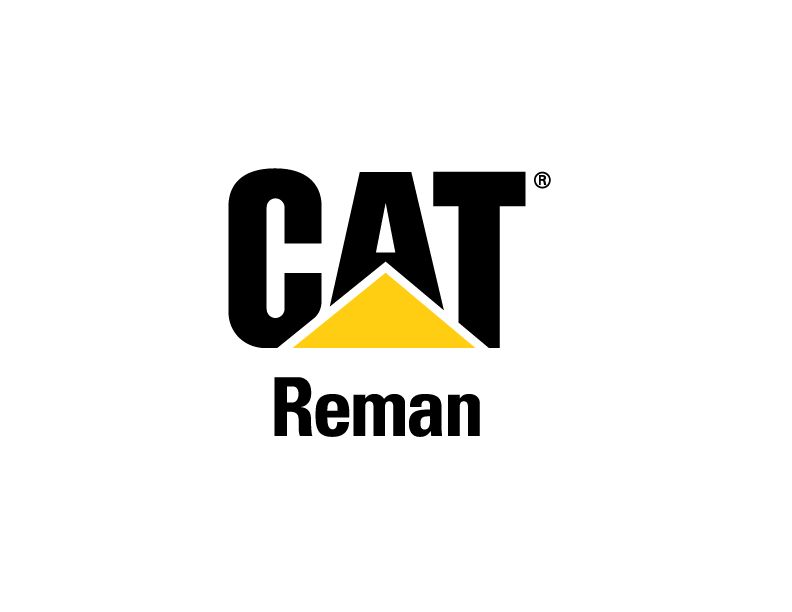

Sign In
Welcome! Sign In to personalize your Cat.com experience
If you already have an existing account with another Cat App, you can use the same account to sign in here
Register Now
One Account. All of Cat.
Your Caterpillar account is the single account you use to log in to select services and applications we offer. Shop for parts and machines online, manage your fleet, go mobile, and more.
Account Information
Site Settings
Security
Cat® Reman Aims to Reduce Waste at Each Step
Like any advanced manufacturing operation, Cat® Reman produces a variety of waste streams. What sets the Cat remanufacturing process apart is that it has less of an impact than manufacturing the same part from new. And we are continuously improving the remanufacturing process for even less of an impact.
Estimated read time: 3 minutes
But how exactly does Cat Reman® make those waste stream reductions? For one, the Cat Reman process leans on advanced technologies such as laser cladding. That laser technology increases precision, helping cut back on wasted material, says Perry McClellan, senior Environment Health & Safety (EHS) associate at the Cat Reman facility in North Dakota. “By using a laser, we can precisely figure the amount of material to add back onto the part.”
After laser cladding, the part gets machined, which is when it is cut back to its required specifications. But with the precision offered through laser cladding, the deposited material is already much closer to spec, McClellan says.

And it’s not just about using less material in laser cladding and machining. Caterpillar engineers are always looking to
increase efficiency, which can result in less waste and more reusability. With the constant advancements in technology, they can optimize component life and even, when possible, remanufacture parts that previously needed to be scrapped.
In addition, notes Vicki Hawkins, division EHS manager for Caterpillar, water quality and reduction are points of focus at Cat Reman facilities. “We do that through implementation of new cleaning technologies such as laser cleaning. This helps streamline the remanufacturing process.” Even the sinks in most facility bathrooms are equipped with automated faucets to help in those water reduction efforts.
Packaging — including wood pallets and wooden containers — gets a close look as well. “We try to reuse those pallets as much as we can. The Corinth, Mississippi, facility just got a chipper, so we can chip up that wood and then use it for different processes,” Hawkins says.
A CRITICAL EYE ON EVERY WASTE STREAM
At Caterpillar, addressing waste streams isn’t just a rote practice — it’s about looking at innovative methods for reducing and eliminating waste. Cat Reman does that through implementation of new technologies that streamline the remanufacturing process. That can mean procedures that increase precision and cleaning processes such as laser cleaning.

Caterpillar is committed to sustainability. And that’s why Cat Reman looks at everything from facility processes to remanufacturing Caterpillar components like an engine core. The Cat Reman team demonstrates its focus on waste streams both large and small by:
Reducing waste through engineering process improvements.
Recycling metal and nonmetal waste such as cardboard.
Properly disposing of remaining waste created during the remanufacturing process.
In the end, McClellan says, it comes down to creating value, both financial and environmental, for everyone. “For our customers, it gives them great value in their ownership, so there's pride on both sides. You know you’re helping out the customer, and with sustainability benefits.”
Check out the range and variety of available Cat Reman parts.
